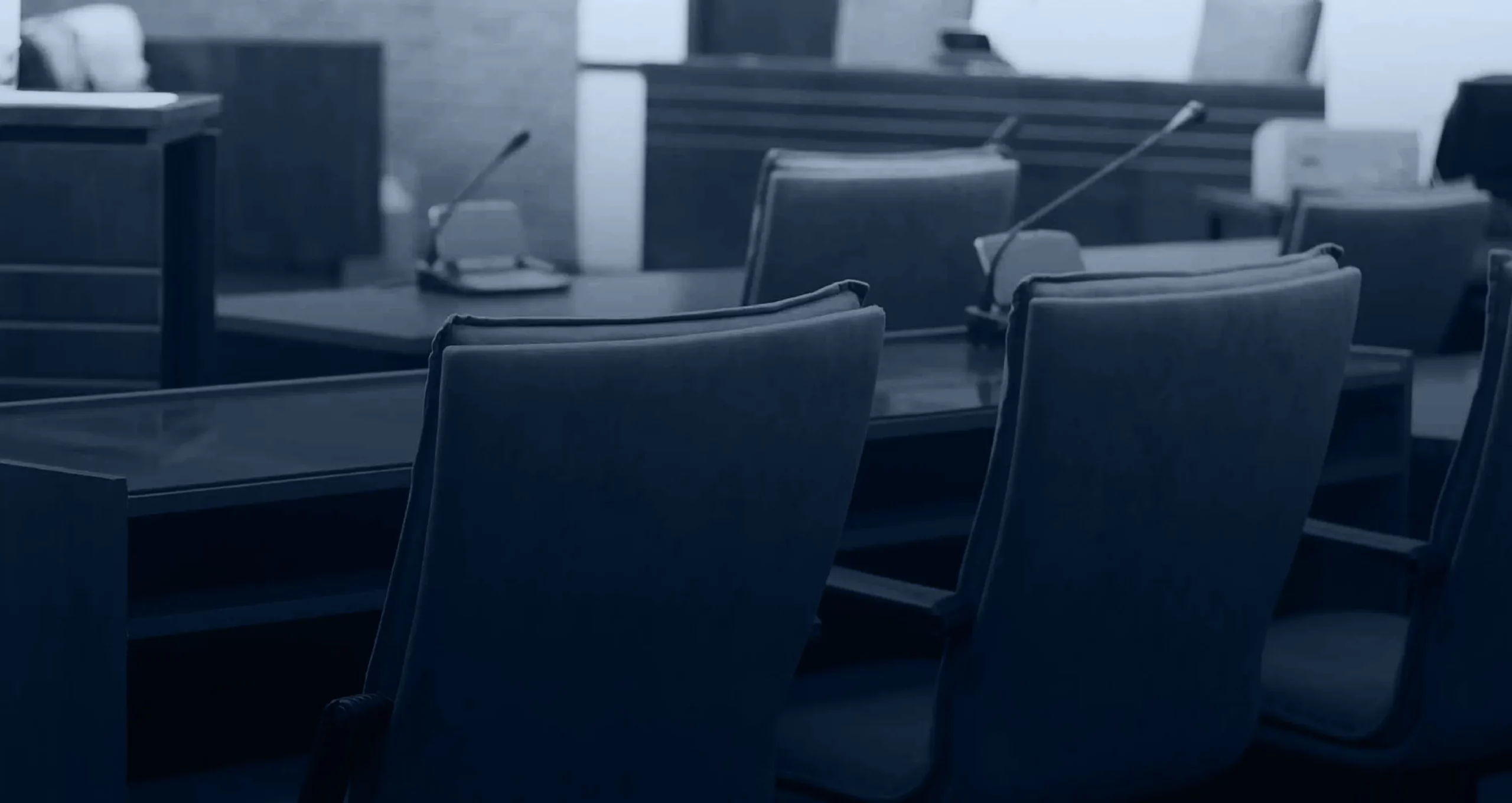
Personal injury accidents are not always cut and dried, with the perpetrator wearing a black hat and the victim wearing a white hat. In real life, both parties might have behaved negligently. So, how does a court (or negotiating parties) apportion liability when more than one party is at fault? That is what contributory fault is all about.
Contributory fault is an umbrella term for several different ways of apportioning liability when more than one party is at fault. The exact details vary from state to state. For obvious reasons, you need to know how contributory fault works in your state.
It is also important that you understand how contributory fault works in other states, in case you suffer an accident while driving there. Below is an explanation of the various forms of contributory fault.
Contributory Negligence

Contributory negligence is a form of contributory fault that applies in only four states and (partially) the District of Columbia. The contributory negligence states are Alabama, Maryland, North Carolina, and Virginia.
Under contributory negligence, the defendant wins if the victim was negligent in any way at all. If the accident was 99% the defendant’s fault and 1% the victim’s fault, for example, the defendant wins and pays nothing.
Slight/Gross Negligence
South Dakota is the only state that recognizes this standard. Under this standard, the defendant wins unless the victim’s negligence was no more than “slight” and the defendant’s negligence was “gross. “Gross” in this context means “extreme.” This standard is only a little less harsh than contributory negligence.
Comparative Negligence
Comparative negligence apportions liability in a manner more consistent with the parties’ relative percentages of fault.
Pure Comparative Negligence
Under pure comparative negligence, a court will apportion fault among the parties on a percentage basis. If Party A was 75% at fault, for example, they will pay for 75% of Party B’s damages.
A court will set these amounts off against each other to decide who pays who, and how much. About a dozen states apply pure comparative negligence–Kentucky, for example, is an example of a pure comparative negligence state.
“Modified” Comparative Negligence
Modified comparative negligence works a lot like pure comparative negligence except that there is a “bar” at either 50% fault or 51% fault, depending on the state. The bar prevents you from receiving any damages at all if your percentage of fault meets or exceeds the bar.
50% Bar
Colorado, for example, is one of the states that applies modified comparative negligence with a 50% bar. You will lose some of your compensation if your percentage of fault ranges from 1% to 49%. You will receive nothing if your fault is 50% or more.
51% Bar
Modified comparative negligence with a 51% bar works like modified comparative negligence with a 50% bar, except that with a 50%/50% split of fault, each party pays half of the other party’s damages. This could tilt the claim dramatically in favor of one party in, for example, an accident between a truck and a motorcycle.
Illinois applies modified comparative negligence with a 51% bar.
Examples of Contributory Fault
Consider the following scenarios:
- One driver was driving the wrong way down a one-way street, while the other driver was driving at light with one headlight out. The cars collide.
- An intoxicated shopper slipped on a wet floor with no warning sign.
- A guest slipped down an unreasonably steep basement stairwell, but had failed to turn on the light beforehand.
Any of these claims could go either way, though one party could shoulder far more than 50% of the liability depending on how they proceed.
A Seasoned Chicago Personal Injury Lawyer Can Make the Difference
The defendant was texting while driving, but you had your blinker on even though you did not intend to make a turn. A collision ensued, and you suffered damages worth $100,000. Were you 5% at fault or 50% at fault?
In Illinois, if you were 5% at fault, you can recover $95,000. If you were 51% at fault, you can recover nothing. Your percentage of fault depends largely on the persuasiveness and determination of your lawyer—and that’s why you need a good one.
By the way, since Chicago personal injury lawyers generally work on a contingency fee basis, you needn’t worry that you cannot afford one. Contact us at (312) 726-1616 to schedule a free consultation today.







